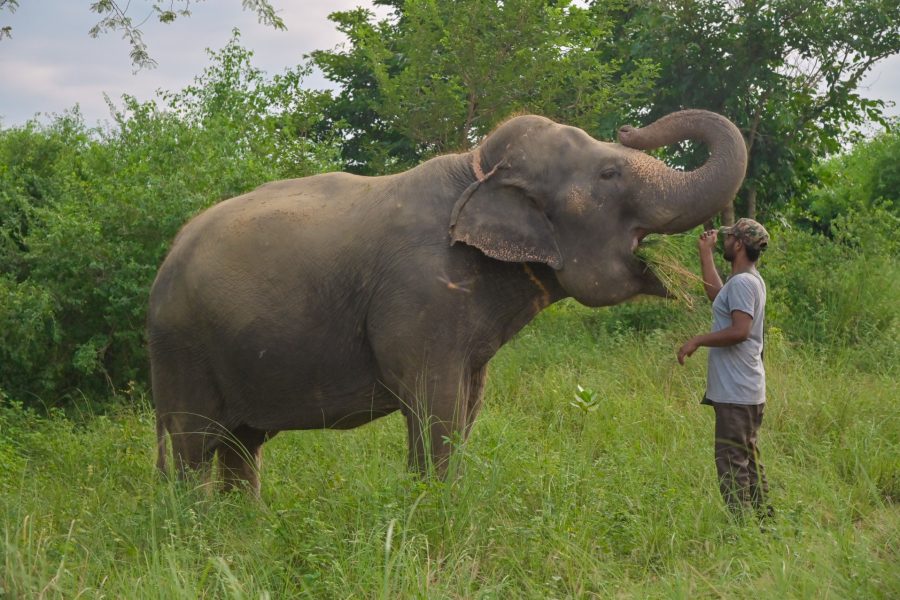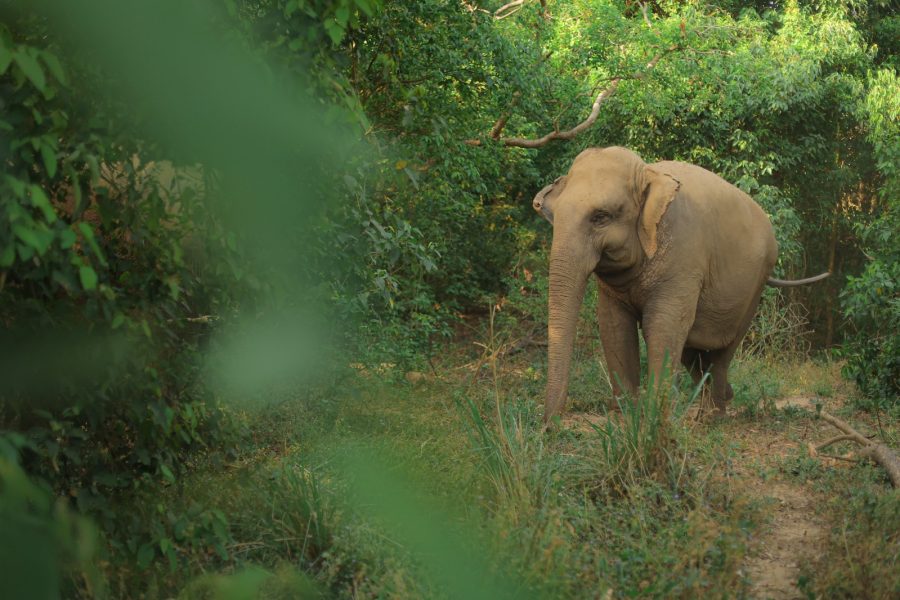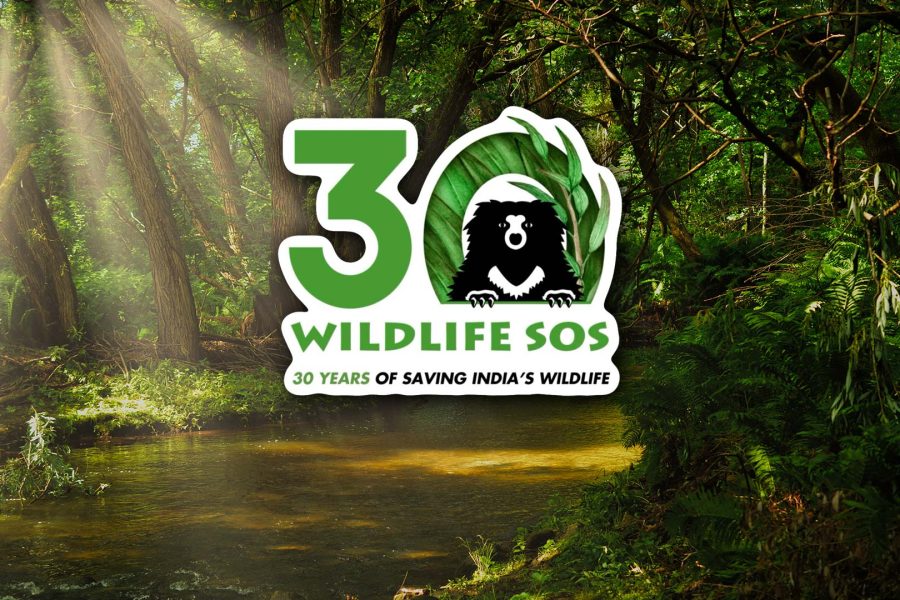India is one of the seventeen megadiverse countries of the world. Being home to 7-8% of the world’s recorded species, from top predators such as the Asiatic lions, Bengal tigers to large herbivores such as the Asian elephant and one-horned rhino sustain several complex ecosystems in India. This rich fauna has not just been an integral part of India’s environmental history but has also been instrumental in shaping several indigenous cultures. In fact, many religions in India stem from animism which entails that soul exists in animals and plants. Today, however, this intimate connection of India with its wildlife seems to have been lost as it is increasingly being sacrificed for the sake of development of the economy.
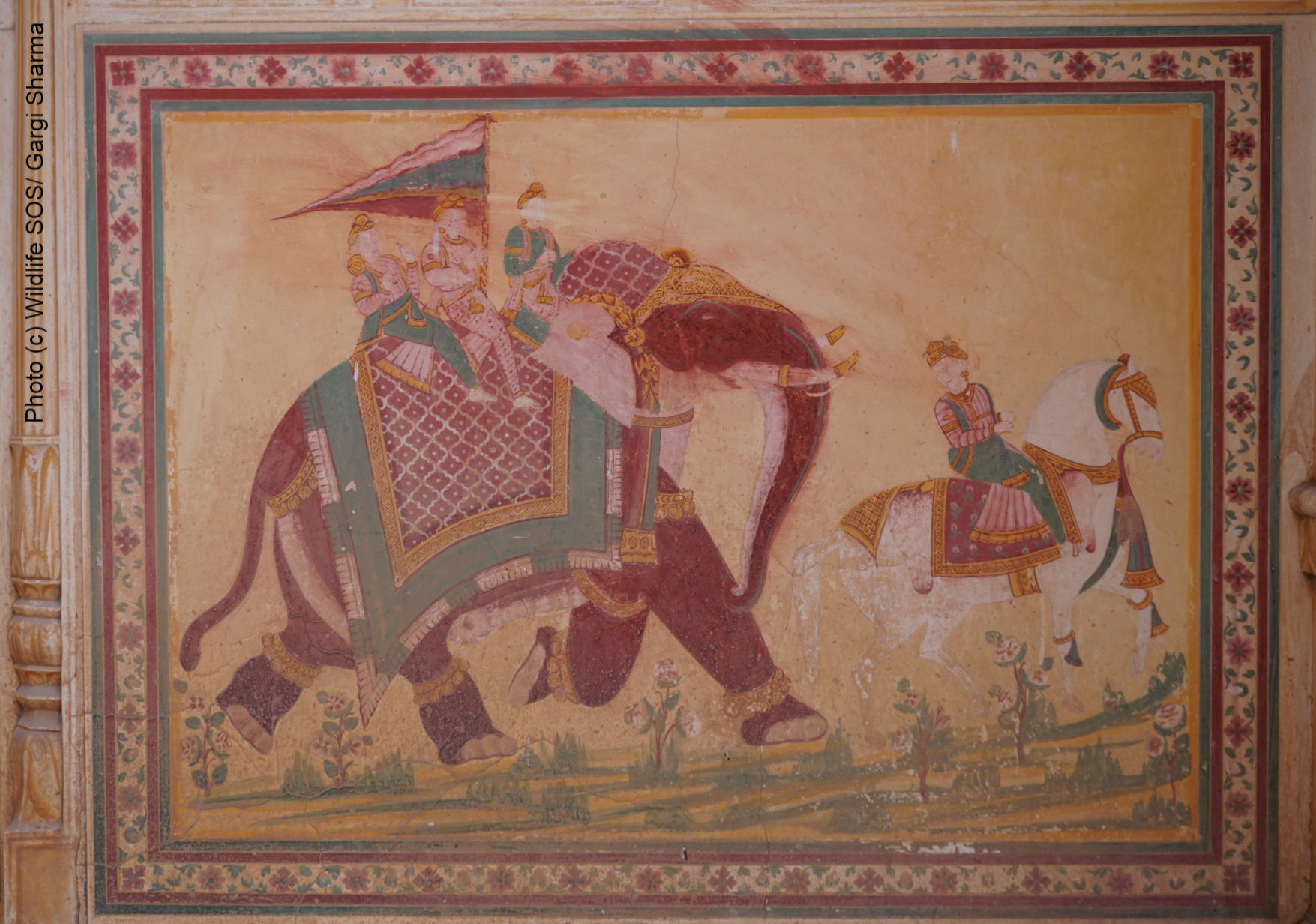
This shifting narrative about India’s wildlife can be perfectly encapsulated by the current situation of Asian elephants. Elephants have enjoyed a special place in India’s culture and tradition. They were used as a means of transport for the royalties and to fight battles, as has been captured by various frescoes. Most important, however, is the status of the elephant as a deity in the form of Lord Ganesha. For over 70% of the population, elephants hold religious importance. Keeping in mind the aforementioned, one might suppose that India’s elephants must enjoy a high degree of protection. While elephants do enjoy the highest status in the Wildlife Protection Act of India, 1972 as Schedule I species, unfortunately, the situation on the ground paints a different picture altogether.
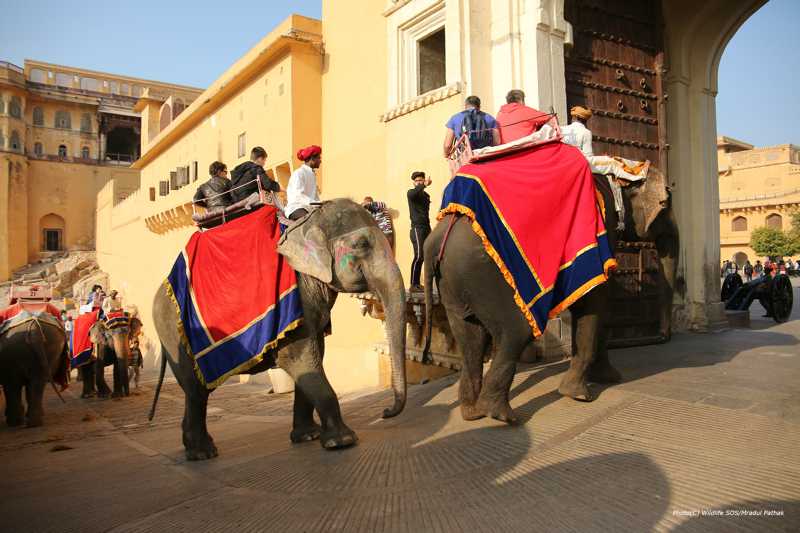
It is disappointing to learn that today only about 27,000 wild elephants remain in India, as opposed to a million a decade ago as indicated by research. There has been a 98% nosedive in the wild elephant population. India is home to over 50% population of Asian elephants in the world, making India the last strong-hold of Asian elephants. However, in this stronghold too the situation for Asian elephants seems dire. They face an all-encompassing threat such as shrinkage of their forest ranges, habitat defragmentation, poaching for their body parts and captivity, and anthropogenic pressure. It has become commonplace nowadays to open the newspaper and read about deaths of wild elephants, or even the ill-treatment meted to captive elephants. It is indeed shocking to learn the sad plight of India’s elephants.
Wildlife SOS, established in 1995, started working with elephants in the year of 2010 with the aim of saving India’s elephants. The initial efforts of the project were focussed on rescuing captive elephants across India that were facing severe abuse and cruelty by their captors. Captivity of elephants is easily associated with the cultural history of India and is treated as an acceptable practice. However, this cultural narrative tends to mask the sad reality of the illegal live elephant trade that takes place across India. Unlike their African cousins, poaching of elephants for captivity is a serious threat to the survival of the species. An elephant removed from the wild is simply an elephant that could have bred in the future and contributed to the strengthening of the wild elephant population. In captivity, an elephant tends to face unfavourable and stressful conditions which greatly hampers their physical and mental well-being. Captive elephants are routinely found to be suffering from health issues such as foot-rot, arthritis and compromised nutrition. These elephants are worked to the point of exertion and once their health problems hinder their locomotion, they are disposed off. Breeding of elephants in captivity is extremely difficult, which means that the capture of another elephant sustains this trade. Over the course of last decade, the project has expanded greatly and we have been able to facilitate the rescue of over 25 elephants. Wildlife SOS also established India’s first Elephant Conservation and Care Centre, Mathura in 2010 as well as India’s first Elephant Hospital, Mathura in 2018. At these facilities not only do distressed elephants get a second chance at life but visitors too are given educational tours to sensitise them about the conservation of elephants in India and the need to save this magnificent species.
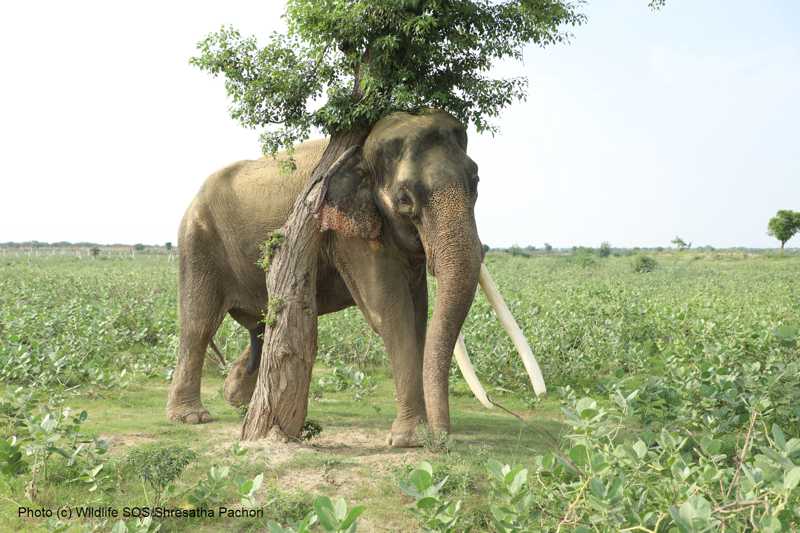
According to the census conducted in 2018 by the Project Elephant, there are estimated to be 2,454 captive elephants in India. This number is likely to decrease as the elephants will subsequently age and the Wildlife Protection Act, 1972 forbids the capture of new calves to keep the captive elephant population afloat. Access to veterinary aid is a rarity for most keepers. Oftentimes, simple injuries become chronic in nature due to untimely treatment or in the absence of any treatment. Foot injuries especially have the tendency of becoming fatal to elephants. It is, thus, but imperative to be able to improve the living conditions of these elephants. Keeping this in mind, Wildlife SOS has been bringing critical medical aid to distressed elephants via means of its mobile veterinary unit. This service has been extended to both wild and captive elephants alike in the states of Maharashtra, Karnataka Uttar Pradesh, Uttarakhand and Kerala. Outreach to keepers is also an essential component of improving the lives of captive elephants, who often do not get an exposure to learn the developments in elephant keeping. With traditional elephant keeping being heavily reliant on negative reinforcement, Wildlife SOS has been engaging with elephant keepers across different states to sensitise them about humane-management of elephants so as to improve the lives of working elephants. While this is a Herculean task, it is an essential one as only with the help of keepers can the lives of captive elephants improve as they rely on them for day-to-day sustenance.
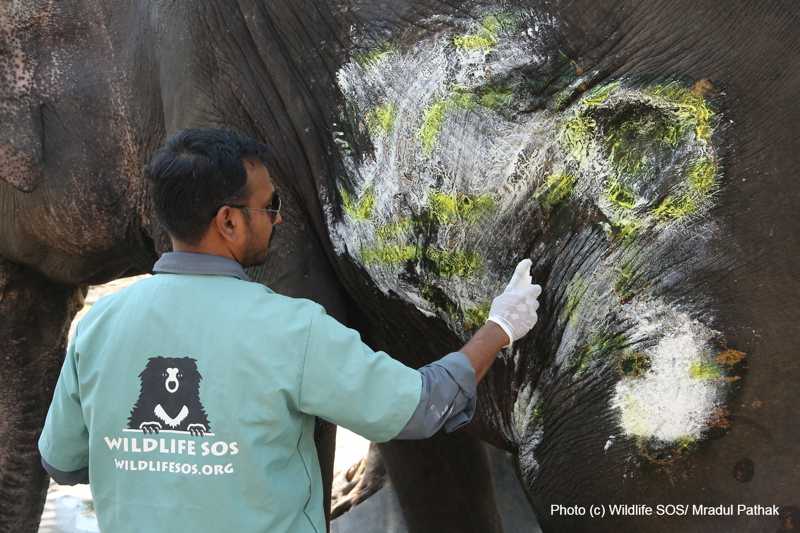
Currently, another big challenge that elephants in India face is the increasing space crunch. With an exploding population, more and more invasions are being made into the historical habitats of elephants which have led to increasing habitat fragmentation. For large herbivores such as elephants who consume an equivalent of 5-10% of their body mass in terms of food, they require large swathes of forests to sustain their herds and migrate to continuously feed and to also give a chance for the vegetation to regrow. However, shrinking forests means lesser availability of food, which incentivises the movement of elephants out of forested lands to croplands at the forest fringes. With food easily available, crop-raiding quickly becomes a risky but survival activity that the elephants take, bringing them into conflict with people. This conflict often ends with both humans and elephants dying, and a quick change in the discourse of elephants takes place as they become ‘nuisances’ from ‘deities.’ Human-elephant conflict (HEC) in bare terms is a problem of co-existence in the space-limited world. Since 2018, our team has been working to mitigate HEC in Mahasamund and Balodabazar, Chhattisgarh where a herd of 19 elephants has taken permanent refuge in the nearby forested land. An Early Warning System (EWS) has been created to alert the villages beforehand when the herd approaches the villages and croplands. The team also works extensively with the communities in the two districts to teach them essential ways to avoid HEC and to participate in the conservation of elephants themselves. Over 90 villagers from 8 villages through these workshops have volunteered to become part of the Haathi Mitra Dal. With HEC becoming a norm, learning to coexist is the holistic strategy that will safeguard the future of elephants in India.
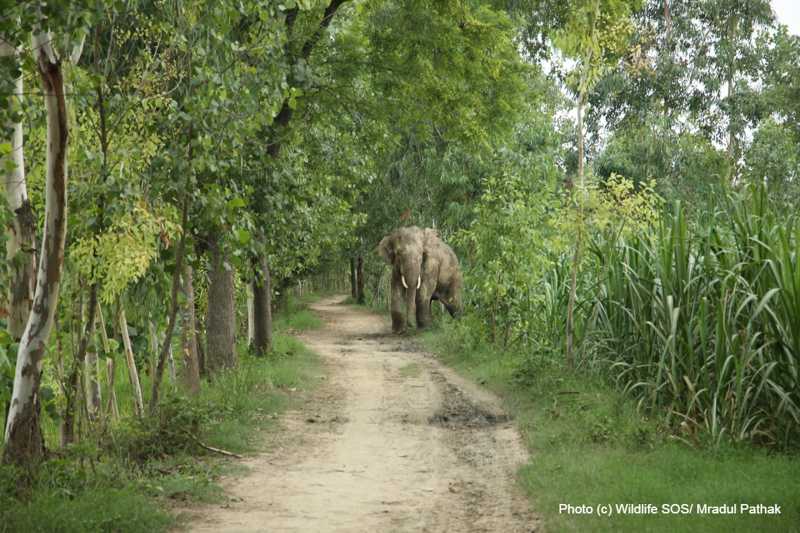
Today as our physical world is changing fast, it is important to take a moment to reflect on and reinvent our relationship with elephants. Conservation and welfare of elephants in India provides us with a critical lens to develop holistic policies that work both for humans as well as animals. Tied to the survival of elephants is the survival of India’s biodiversity and heritage!

